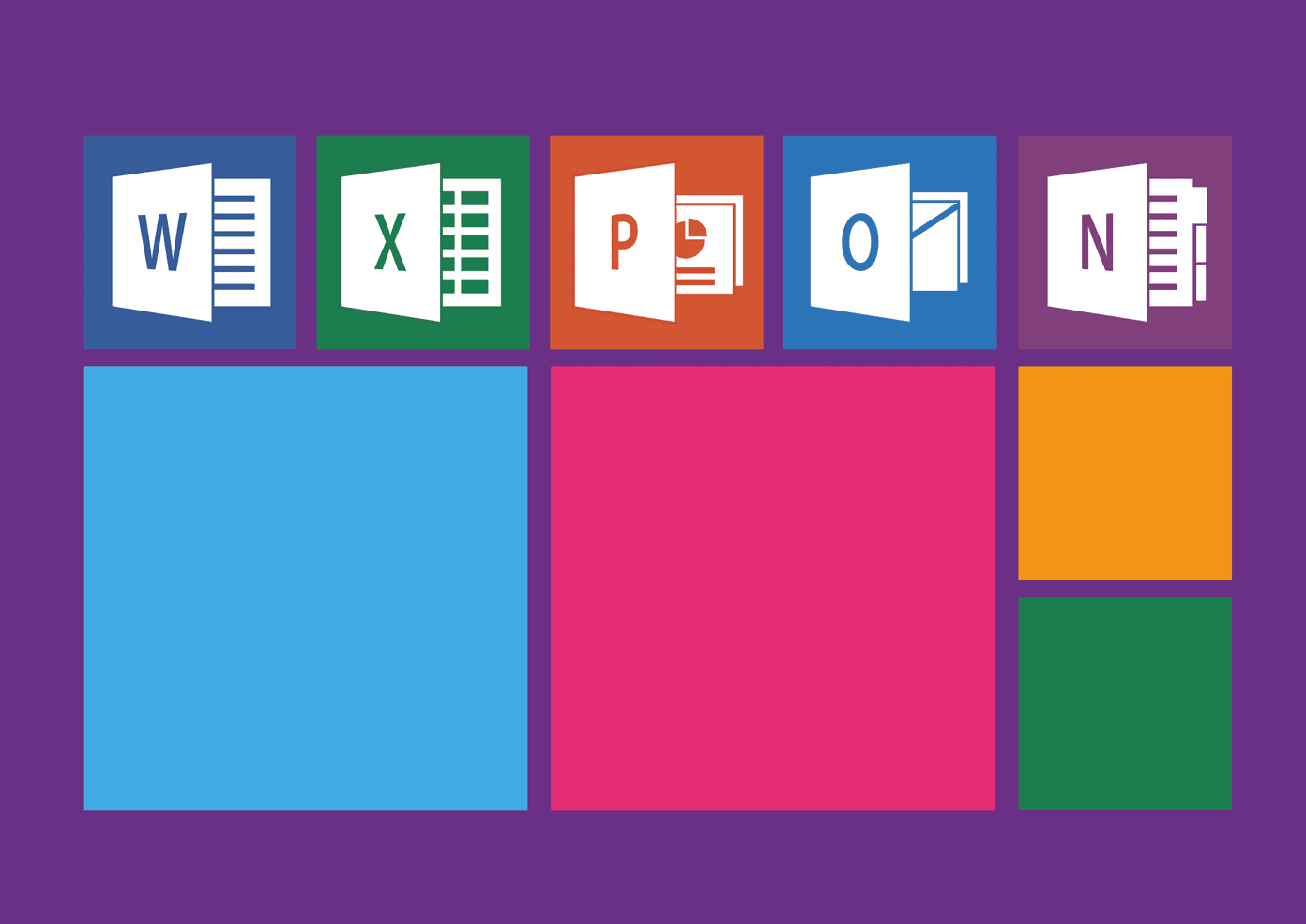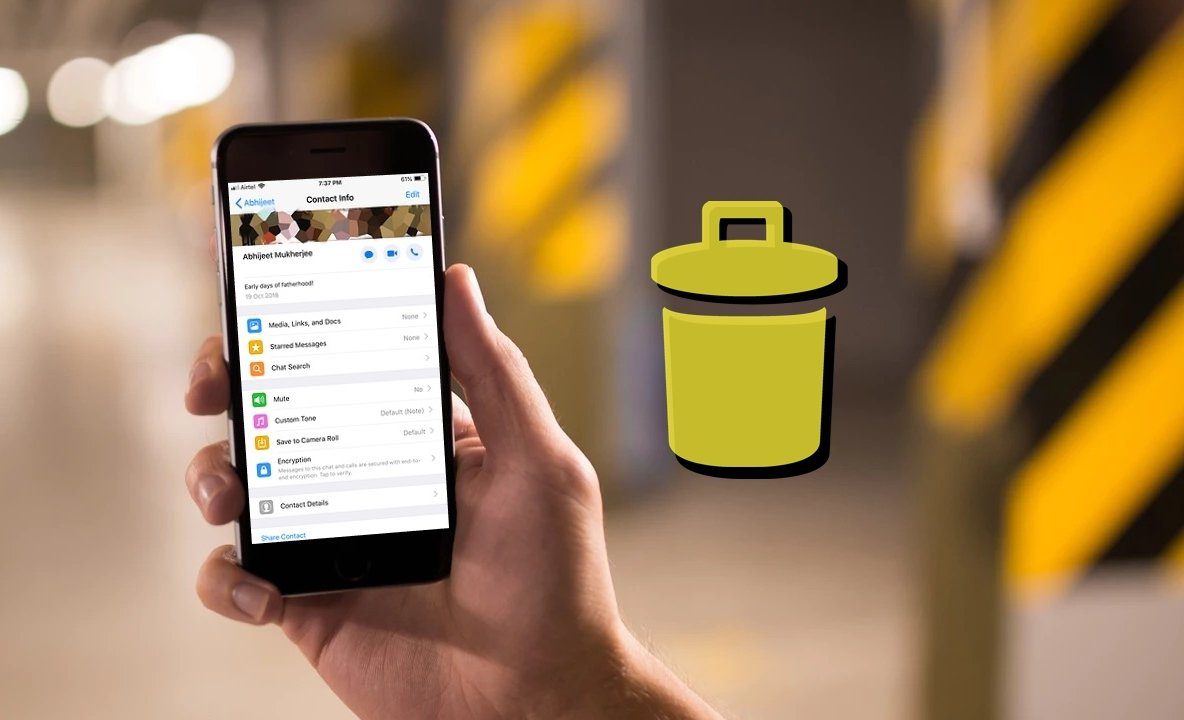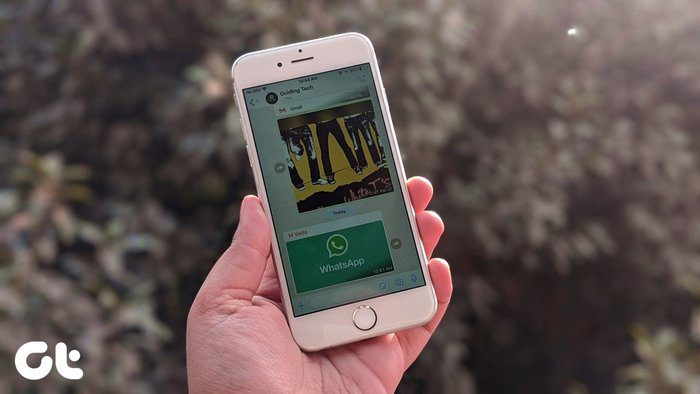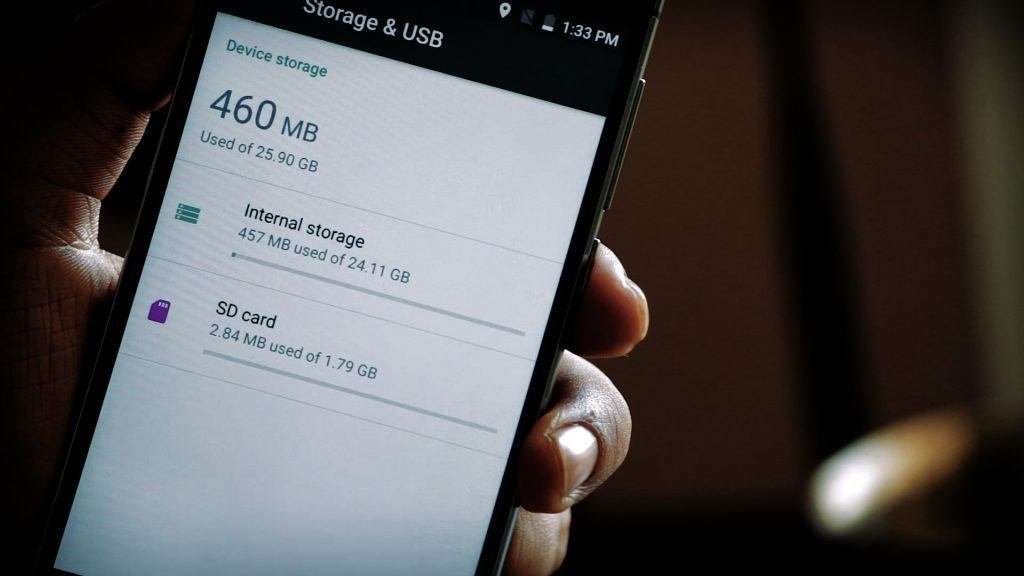While most people think of external storage to be SD cards and external hard disks, that’s not entirely true. Let’s understand the true difference between these two types of storage and when they are used.
How Is Internal Storage Different from External Storage
The official Android documentation on storage gives us some guidance. When you install an app on your phone, it creates a unique private folder that only installed app can access. These files are stored in internal storage, which other apps or users cannot access. Android system files are also stored in internal storage, which are not accessible to the user. You will either download an app or can root your smartphone to access these files. There are two types of external storage. One is memory or SD cards that we insert manually. This is the most popular form of external memory that most smartphone users understand. By that definition, cloud storage like Dropbox is also external storage. That is called Secondary External Storage. So, what’s primary? Primary External Storage is one that is accessible by the user but still part of the built-in memory. That’s where you store your photos, documents, and other data even though when you don’t have an SD card installed. In short, your phone’s built-in memory is divided into two parts. Internal and external. The SD card that you have installed can then be called removable external storage too.
Why Do Internal and External Matter
Internal storage is mostly used by Android OEM and app developers to store sensitive files and data. The objective here is to protect them from unintentional or accidental harm. But, there is more. Files stored inside directories created in internal storage are not accessible by other apps. That provides a much-needed layer of security and privacy to your data. Files stored on Primary External Storage are accessible directly using the built-in file explorer app. Other apps are also able to access this data. That is where permissions come in. When an app wants to access this data, it will ask for permission to access the primary or secondary external storage. The app cannot access files stored in internal storage unless it belongs to the respective app. But not all apps do it. Android ecosystem is known for many things, and somehow privacy fails to be the top concern. There have been numerous cases where apps were found guilty of stealing user data without permission or even users’ knowledge. In such instances, the importance of primary internal storage that is not accessible by other apps become all the more important.
3. Further Thoughts
We now know that internal storage is used for storing OS and app files that are not accessible by other apps. We also know that there are two types of external storage. Primary External storage is used to save data that is allowed to access by others. For example, app settings are stored in internal storage, but MP3 files that you download using the same app are stored in external storage (primary or secondary). SD card is Secondary External Storage, but that is not part of the system. You can remove and can carry it with you wherever you want. You can also plug it directly into your laptop or other compatible devices. You can argue that a smartphone can be connected to the laptop too. But when you plug the smartphone via USB cable and mount the internal drive, you can only access the Primary and Secondary External Storage. Some users call Primary External Storage as in-built shared storage because it is part of the system but accessible by the user freely. Some apps allow users to store data on the SD card. That offers flexibility to the user and more control over their data. When you uninstall an app, all data that is stored in the app folder is also deleted. Sometimes, not all data is deleted, or empty folders are left behind by apps. That can pile up over time, leading storage issues and system lags. Many premium smartphones have removed SD card completely but instead, offer built-in memory in different memory configurations. These can start from 2GB and go all the way up to 512GB. That makes it even more necessary to divide the built-in memory into internal and external memory. So, the next time you open Settings on your phone and go to Storage to check the space available, that’s really Primary External Storage that is accessible by design. It’s only called internal storage for the end-user can better distinguish between it and SD cards that they may have installed additionally.
Permissions, Permissions
It’s all about control, permissions, privacy, and security. Here is the really short version. Internal Storage is for apps to save sensitive data, which denies read-write access to all other apps and users by default. Primary External Storage is part of built-in storage accessible by the user and other apps but often with permissions. Secondary External Storage is SD cards that are removable from the phone — a plug-n-play alternative. Next up: Do you own a Xiaomi smartphone? Learn how to increase internal memory on any Xiaomi phone now. The above article may contain affiliate links which help support Guiding Tech. However, it does not affect our editorial integrity. The content remains unbiased and authentic.













